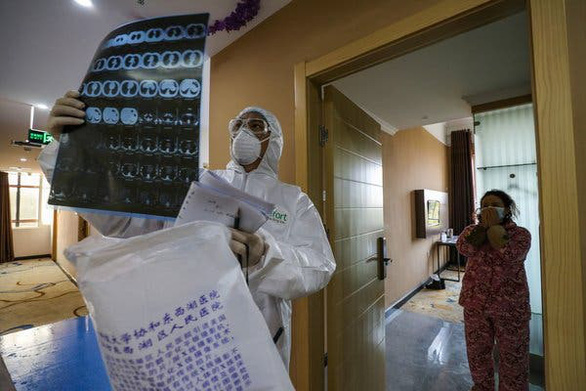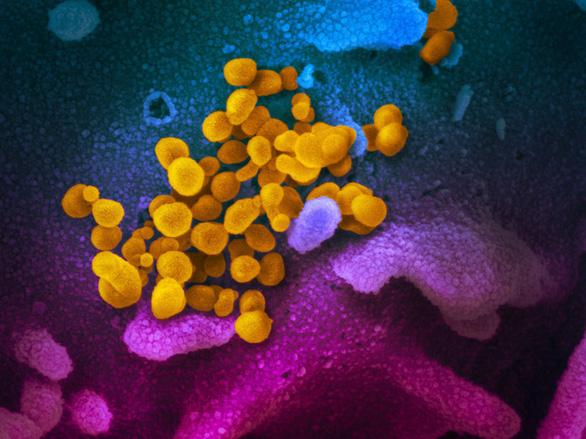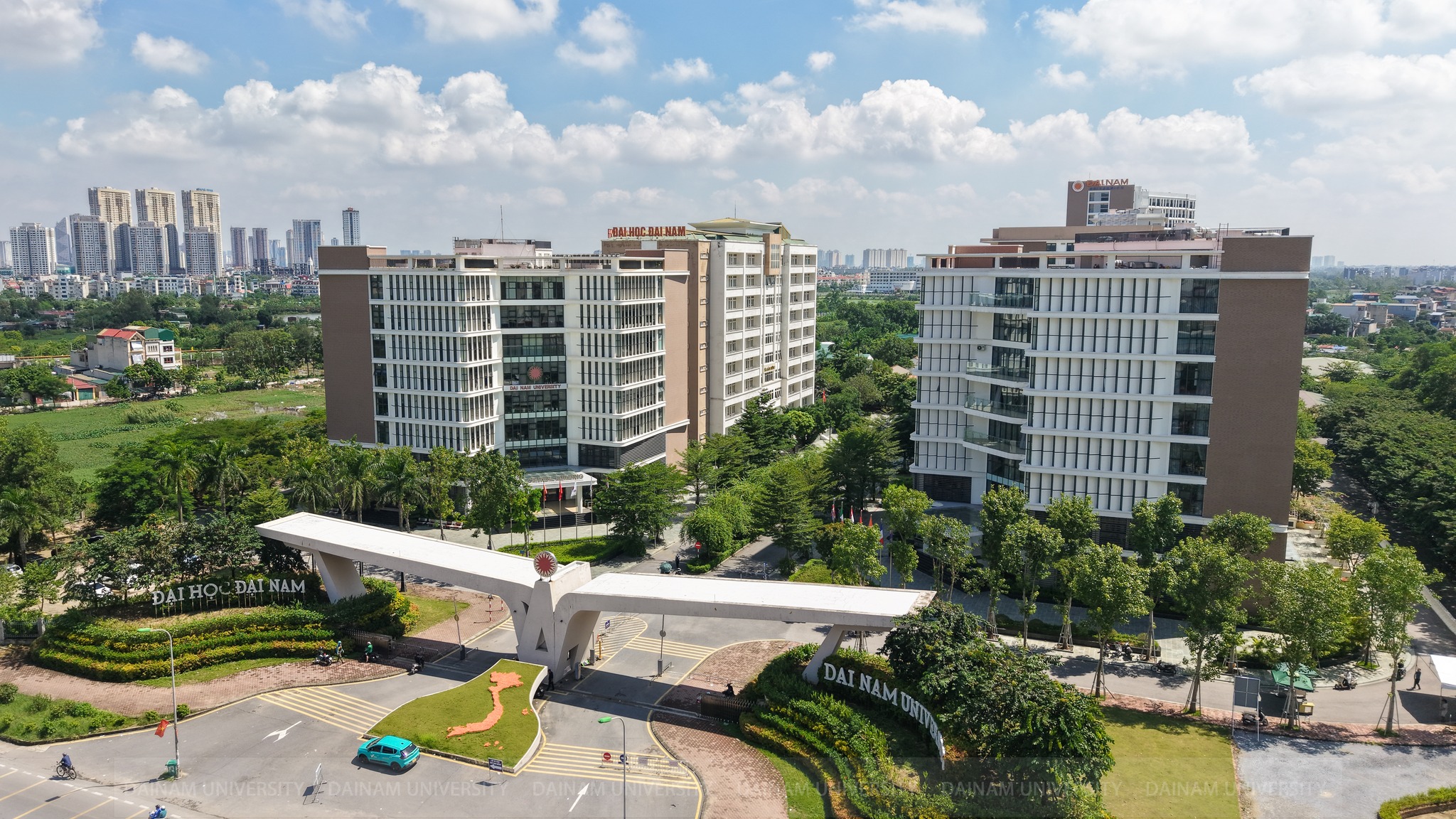How does the corona virus destroy the human body?

Scientists don't yet understand much about the new coronavirus that causes COVID-19, but doctors believe the disease damages many important organs in the human body and causes a lot of pain.
According to National Geographic magazine, unlike the coronavirus strains that cause the common cold, the coronavirus strains that cause SARS (Severe Acute Respiratory Syndrome), MERS (Middle East Respiratory Syndrome) and COVID-19, which are transmitted from animals to humans, are much more destructive.
COVID-19 is the general name of the disease given by the World Health Organization (WHO), and its scientific name is SARS-CoV-2, which means Severe Acute Respiratory Syndrome Coronavirus 2.

The Coronavirus Study Group (CSG) of the International Committee on Taxonomy of Viruses (ICTV) determined that the new virus that appeared in China is related to the strain that caused the SARS epidemic in 2003.
SARS is a fairly virulent strain of the virus with a fatality rate of up to 15%, according to the WHO. Based on new research on COVID-19 and understanding of SARS and MERS, scientists have come up with some explanations for the impact of coronaviruses on the human body.
The two lungs were "torn like a battlefield"
For most patients, COVID-19 begins and ends in the lungs, because coronaviruses primarily cause respiratory illnesses. Spread begins when an infected person coughs or sneezes, spraying droplets containing the virus onto others.

Initial symptoms of coronavirus infection are similar to those of the common flu: patients may develop fever, cough, and then progress to pneumonia or worse.
After the SARS epidemic, WHO observed that the disease often attacks the lungs in three stages: First, it invades cells, forming a virus nest; next, it disrupts the immune system (eg, cytokine storm syndrome); and finally, it causes lung damage.
Not all patients go through all three stages, with only about 25% of SARS patients developing respiratory failure, the main symptom of severe disease. Similarly, preliminary data suggest that COVID-19 causes mild symptoms in 82% of patients, with the remainder experiencing severe or critical illness.
According to Professor Matthew B. Frieman, a virus expert at the University of Maryland (USA), COVID-19 has been observed to progress like SARS. In the early days of infection, the virus attacks lung cells, mainly the ciliary layer that protects mucus cells.
Without that protective layer, the airways become flooded with dirt, fluids, and viruses. This attack leaves many COVID-19 patients with pneumonia in both lungs, accompanied by difficulty breathing, says Frieman.
This is where phase 2 begins. In response to the virus, the body responds by sending immune cells to the lungs to repair the damage. If this is working properly, this inflammation is controlled and limited to the infected area.
But sometimes immune cells become overstimulated, killing everything in their path, regardless of whether it's a virus or healthy tissue.
"Patients are further compromised by their own immune systems. The more debris accumulates in the lungs, the worse the inflammation," Professor Frieman explained.
In stage 3, lung damage continues to spread and can lead to respiratory failure. If the patient is lucky enough to survive, their lungs will be permanently damaged, with holes that look like “honeycombs.” This is a characteristic of SARS, and COVID-19 patients will have the same.
Digestive tract, liver and kidneys
In SARS and MERS, nearly a quarter of patients had diarrhea, an important feature of the disease. These two viruses can penetrate cells in the small intestine and colon, creating viral foci and leading to damage (causing diarrhea).
It is not yet clear whether the virus that causes COVID-19 can be transmitted this way, but two studies published in the New England Journal of Medicine and the preprint site medRxiv found it in human feces, a sign that this could also be a source of transmission, although it is not certain.
When an animal coronavirus attacks the respiratory system, the liver often falls victim. Doctors have seen liver damage in patients with SARS, MERS and COVID-19, most of which is mild but can lead to liver failure if severe.
"Once the virus enters the bloodstream, it can swim to any part of the body. The liver is an important part of the circulatory system. High liver enzymes are a warning sign," explained expert Anna Suk-Fong Lok of the University of Michigan (USA).

COVID-19 has initial symptoms similar to the common cold - Photo: HealthLine
Typically, when the liver and lungs fail, the patient's kidneys are more likely to be affected. About 6% of SARS patients and 25% of MERS patients suffered from acute kidney injury, and COVID-19 has similar symptoms according to initial studies.
This is not a common complication but is very dangerous, about 91.7% of SARS patients with acute kidney failure did not survive, according to a 2005 study published in the journal Kidney International .
According to Professor Kar Neng Lai, University of Hong Kong, acute kidney failure in SARS patients is not necessarily caused directly by the virus, it can be a series of factors such as low blood pressure, sepsis, antibiotics, multiple organ failure due to Cytokine storm syndrome...
According to Tuoi Tre
Register for admission consultation 2025
scholarships and tuition support worth up to 55 billion VND

scholarships and tuition support worth up to 55 billion VND









